#communedaily
Explore tagged Tumblr posts
Text
Dagobert Peche
At Commune, each of us has a shared title: designer. We gather ourselves from many different backgrounds, though we’re here to create together. This means we often find ourselves facing unfamiliar avenues… and down them we charge. It’s not a surprise then, that we tend to be immensely inspired by those whose creative endeavors embrace more than one concentration. Dagobert Peche is one of these people.
Born in Vienna at the end of the 19th century, he came of age during a particularly experimental time and place. It was the foundational period of the Wiener Werkstatte; Peche was working alongside two of its giants: Wagner & Hoffmann. Though he practiced as an architect initially, Peche eventually began to produce decorative arts. His creative world seemed to explode from there. Metals, ceramics, textiles, furniture, and paintings all exuded from his creative force, and were crafted with a remarkable adherence to the technicalities of his architectural training.
We’re slightly obsessed with all that he produced and are sharing images here that we’ve collected from two sources: “Dagobert Peche und die Wiener Werkstatte” by Peter Noever and the always incredible Metropolitan Museum Archive.
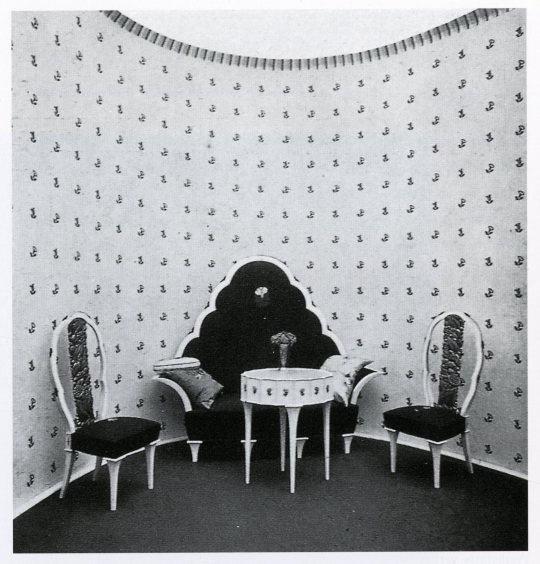
Image courtesy of Peter Noever, Dagobert Peche und die Wiener Werkstatte, Hatje, 1998.
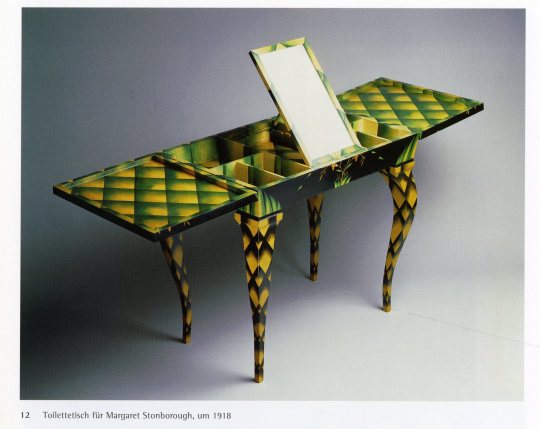
Image courtesy of Peter Noever, Dagobert Peche und die Wiener Werkstatte, Hatje, 1998.

Image courtesy of Peter Noever, Dagobert Peche und die Wiener Werkstatte, Hatje, 1998.

Image courtesy of Peter Noever, Dagobert Peche und die Wiener Werkstatte, Hatje, 1998.

Image courtesy of Peter Noever, Dagobert Peche und die Wiener Werkstatte, Hatje, 1998.

Image courtesy of Peter Noever, Dagobert Peche und die Wiener Werkstatte, Hatje, 1998.
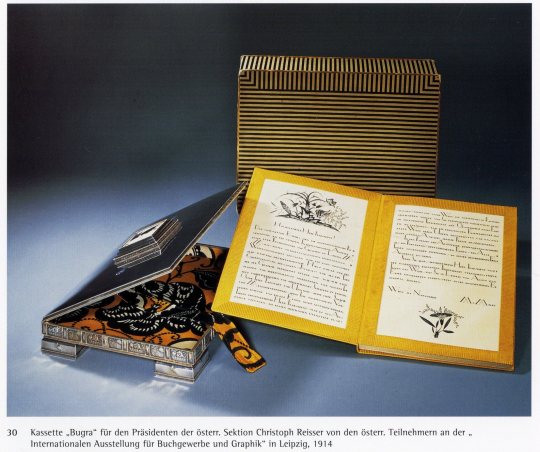
Image courtesy of Peter Noever, Dagobert Peche und die Wiener Werkstatte, Hatje, 1998.

Image courtesy of Peter Noever, Dagobert Peche und die Wiener Werkstatte, Hatje, 1998.

Image courtesy of Peter Noever, Dagobert Peche und die Wiener Werkstatte, Hatje, 1998.

Image courtesy of Peter Noever, Dagobert Peche und die Wiener Werkstatte, Hatje, 1998.

Image courtesy of Peter Noever, Dagobert Peche und die Wiener Werkstatte, Hatje, 1998.

Image courtesy of Peter Noever, Dagobert Peche und die Wiener Werkstatte, Hatje, 1998.
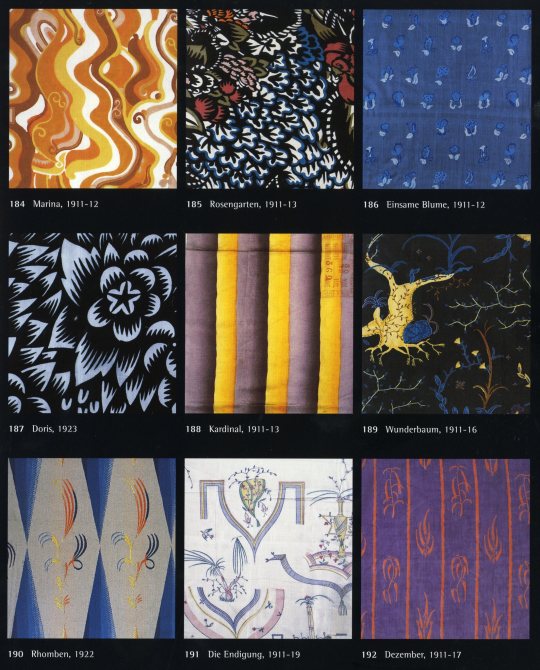
Image courtesy of Peter Noever, Dagobert Peche und die Wiener Werkstatte, Hatje, 1998.
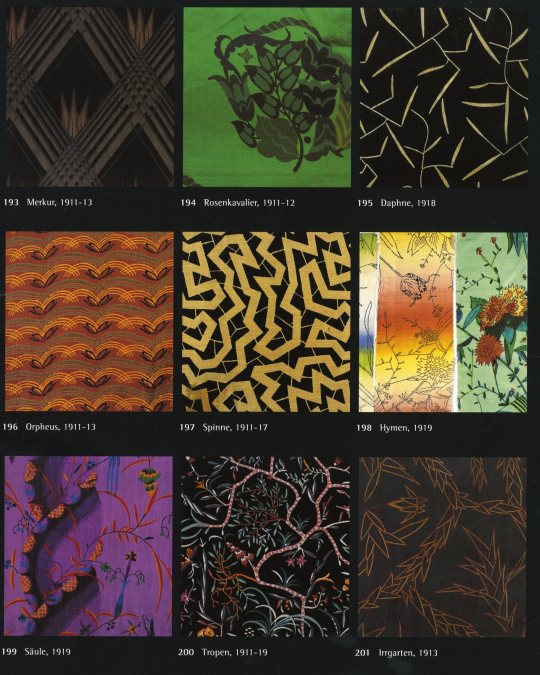
Image courtesy of Peter Noever, Dagobert Peche und die Wiener Werkstatte, Hatje, 1998.

Image courtesy of Peter Noever, Dagobert Peche und die Wiener Werkstatte, Hatje, 1998.

Image courtesy of Peter Noever, Dagobert Peche und die Wiener Werkstatte, Hatje, 1998.
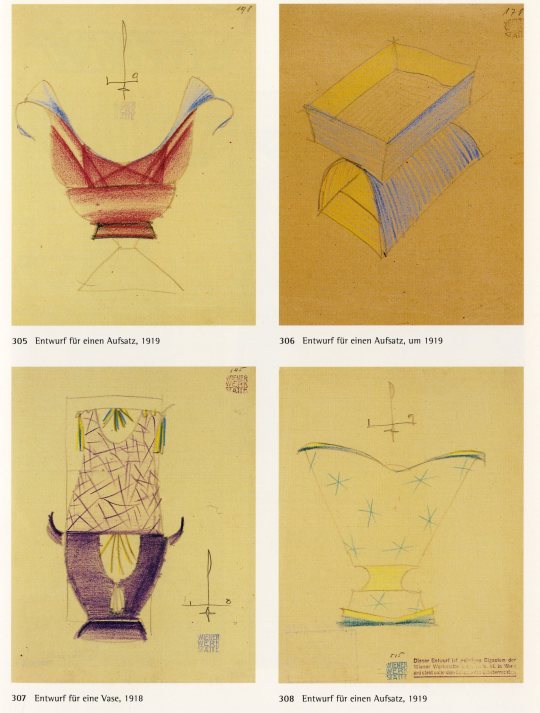
Image courtesy of Peter Noever, Dagobert Peche und die Wiener Werkstatte, Hatje, 1998.
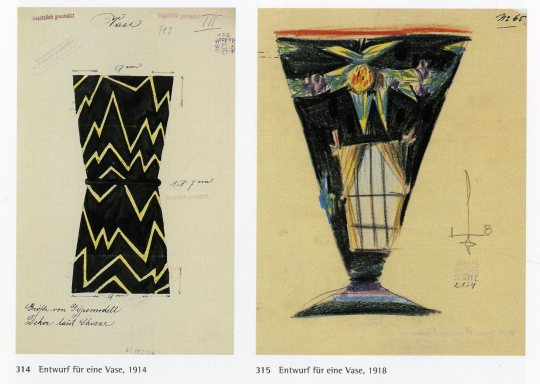
Image courtesy of Peter Noever, Dagobert Peche und die Wiener Werkstatte, Hatje, 1998.

Image courtesy of Peter Noever, Dagobert Peche und die Wiener Werkstatte, Hatje, 1998.

Dagobert Peche, Daphnis, 1922, Metropolitan Museum Archive

Dagobert Peche, Feather Duster, 1922, Metropolitan Museum Archive

Dagobert Peche, Nuance, 1922, Metropolitan Museum Archive
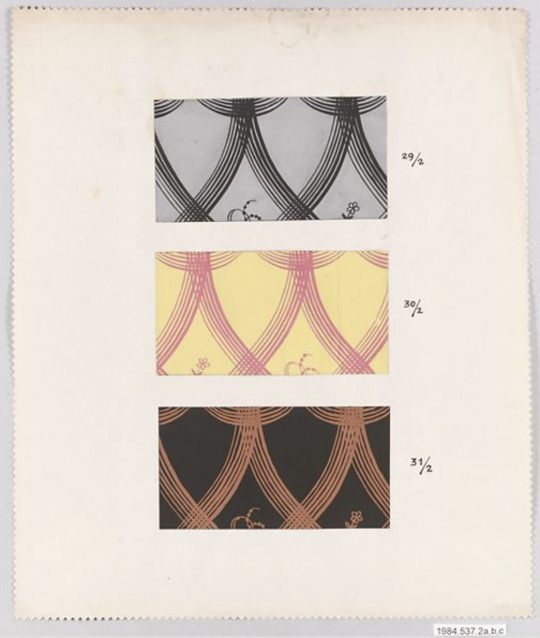
Dagobert Peche, Palatin, 1922, Metropolitan Museum Archive

Dagobert Peche, Palatin, 1922, Metropolitan Museum Archive

Dagobert Peche, Textile Sample circa 1902, Metropolitan Museum Archive
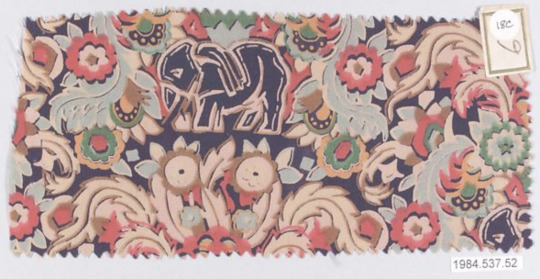
Dagobert Peche, Textile Sample circa 1920, Metropolitan Museum Archive

Dagobert Peche, The Rose (Die Rose), 1922, Metropolitan Museum Archive
#communedesign#communedaily#dagobertpeche#wiener werkstätte#designer#architect#decorativearts#vienna#19thcentury#otto wagner#josef hoffmann#peter noever#metropolitan museum of art
39 notes
·
View notes
Photo

Yves Saint Laurent sent a 'love' card to his loved ones every year from 1970-2000. 1972 appears in 'Love by Saint Laurent': a Vogue-curated edit. via communedaily.
0 notes
Text
Jean Lurçat
It was 1914, and it was the height of expressionism. This meant emotional exploration was the catalyst for almost everything. Bold colors, symbolism, abstract shapes – these became potent storytellers for artists throughout Europe. Jean Lurçat was in France, doing his part as a young painter. But he was also struck by history and chose to consider how it could repeat itself and make a visual case for why it should.
More specifically, Lurçat was fascinated by the tradition of tapestry. The mysticism and otherworld images of the medieval sort must have felt to him more relevant than ever. Though appreciation for it had fallen out of the public discourse, he was determined to revive the medium. He transitioned from canvas to loom and enlisted the help of master weavers (eventually serving as “designer” among the weavers at Atelier Suzanne Goubely-Gatie in Aubosson). The outcome was a fifty-year career and candidacy as the father of modernist tapestry.
The first few images we’re showing are from the start of his foray into tapestry. The tapestries are more subdued, and don’t become unapologetically bold until they near the absurd in the 1940s and into the 50s. Motifs appear and reappear throughout his career (i.e. the sun, foliage, animals) and it’s really interesting to see the way in which they transform overtime.
The last set of images come from an article written by the World of Interiors, featuring Lurçat’s home in Saint Paul de Vence. Now a museum, it was once a part of a village that acted as a sort of colony for creatives and freethinkers. We’re in awe to say the least: his artistry translates to each surface.



L’archer, Jean Lurçat, 1927.

Voici La Maison, Jean Lurçat, 1940.


La Grappe et L’etoile, Jean Lurçat, Date unknown.

Liberte, Jean Lurçat, Date Unknown.

Es La Verdad, Jean Lurçat, 1943.

Chasse et Peche, Jean Lurçat, 1957.



World of Interiors. May, 2018.

World of Interiors. May, 2018.

World of Interiors. May, 2018.

World of Interiors. May, 2018.

World of Interiors. May, 2018.
#jeanlurçat#expressionism#emotionalexploration#abstraction#painter#history#tradition#tapestry#mysticism#canvas#loom#suzanne goubley-gatie#1940s#1950s#world of interiors#saint paul de vence#commune#communedesign#communedaily#tapestrydesigner#textiledesigner#patterndesigner#europeandesigners
187 notes
·
View notes
Text
David Hammons: Art is Personal is Political
“They call my art what it is. A lot of times I don't know what it is because I'm so close to it. I'm just in the process of trying to complete it. I think someone said all work is political the moment that last brushstroke is put on it. Then it's political, but before that it's alive and it's being made.” An excerpt from an interview with David Hammons on the politicization of his artwork in “EyeMinded: Living and Writing Contemporary Art” by Kellie Jones & Imamu Amiri Baraka, 2011
After a recent visit to a large retrospective of David Hammons’ work, we find out the exhibition marks his first here in over 45 years. It’s wild to learn this, because the work speaks of this place and time as if it were made for it. Perhaps that’s what makes Hammons work as profound as it is; the deeply rooted messages within each piece sustain themselves across decades and across cities. They reflect a collective American consciousness as much as they are the products of an artist’s 45-year singular experience.
It’s tricky to sit down and summarize Hammons work because of this. Moreover, he creates across just about every medium, and teases what we might lay inside the bounds of ‘art’. Tarps cover canvasses, frames are formed of malleable cloth, he collects and documents everyday objects. He’s from Illinois, was educated in Los Angeles and now lives and works in New York. So, he’s geographically and experientially covered the ground of this country and from this his art exudes. Each piece is a reaction to his lived experience. As he says, “it's alive and it's being made,”... and then it’s meaning is born. He forges political statements on the traumas of the racial injustice he encountered. His work questions bigotry and classism and privilege. And yet, just as easily, he makes us laugh. His works exposes the falseness of the artworld and yet, he’s one of the most celebrated figures in modern American art. We’re excited to put a spotlight on him this week because we’re deeply inspired by these dichotomies, and the provocation of thought he’s unleashed on this city. We admire his experimentation, his unabashed artistic speech and ultimately his ability to create something beautiful in the face of it all.
These images here are of works spanning across his career.

"Photograph of David Hammons" by Timothy Greenfield-Sanders, 1980. The Museum of Modern Art Archives, New York

David Hammons making a body print in his Slauson Avenue studio, Los Angeles, 1974. Photo by Bruce W. Talamon; Artforum

David Hammons, Slauson Studio, gelatin silver print, 1974. Photo by Bruce W. Talamon; Phillips Auction House

Untitled (Body Print) by David Hammons, 1974. Phillips Auction House

Untitled (Body Print) by David Hammons, 1975. Museum of Modern Art

"Bliz-aard Ball Sale 1" (1983), Photo by Dawoud Bey courtesy of Stephen Daiter Gallery and Rena Bransten Gallery via the New York Times

"Bilz-aard Sale, 1983" Performance view, Cooper Square, New York 1983. Photo by Daqoud Bey; Art Forum

Untitled by David Hammons, 1987; Glenstone

Untitled by David Hammons, 2010. Art Basel Catalog; Mnuchin Gallery

Untitled by David Hammons, 2013. Courtesy of David Hammons and Mnuchin Gallery; Photography by Tom Powel Imaging via The New Yorker

Untitled by David Hammons, 2008-14. Courtesy of David Hammons and Mnuchin Gallery; Photograph by Tom Powel Imaging via The New Yorker

The New Black by David Hammons, 2015. Art Basel via Levy Gorvy Gallery

Untitled by David Hammons, 2017. Hauser & Wirth (Photo by Genevieve Hanson)

Orange is the new black by David Hammons, 2017. Hauser & Wirth (Photo by Genevieve Hanson)

Untitled by David Hammons, 2018. Hauser and Wirth (Photo by Genevieve Hammons)

Installation View of 'David Hammons - Five Decades'. Mnuchin Gallery by Tom Powel Imaging via The New Yorker

Fur Coat by David Hammons (Photo by Jake Naughton for the New York Times)

Installation View of 'David Hammons' Hauser & Wirth Los Angeles, 2019 (Photo by Fredrik Nilsen Studio)

Views of Hammons's 'A Movable Object/A Japanese Garden,' 'In the Hood', and 'Which Mike Do You Want to Be Like...?' by Raymond Meier for The New Yorker
21 notes
·
View notes